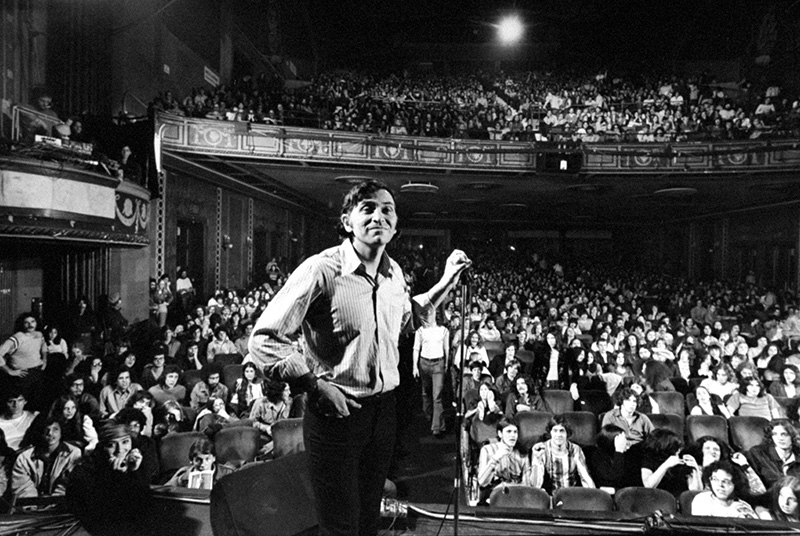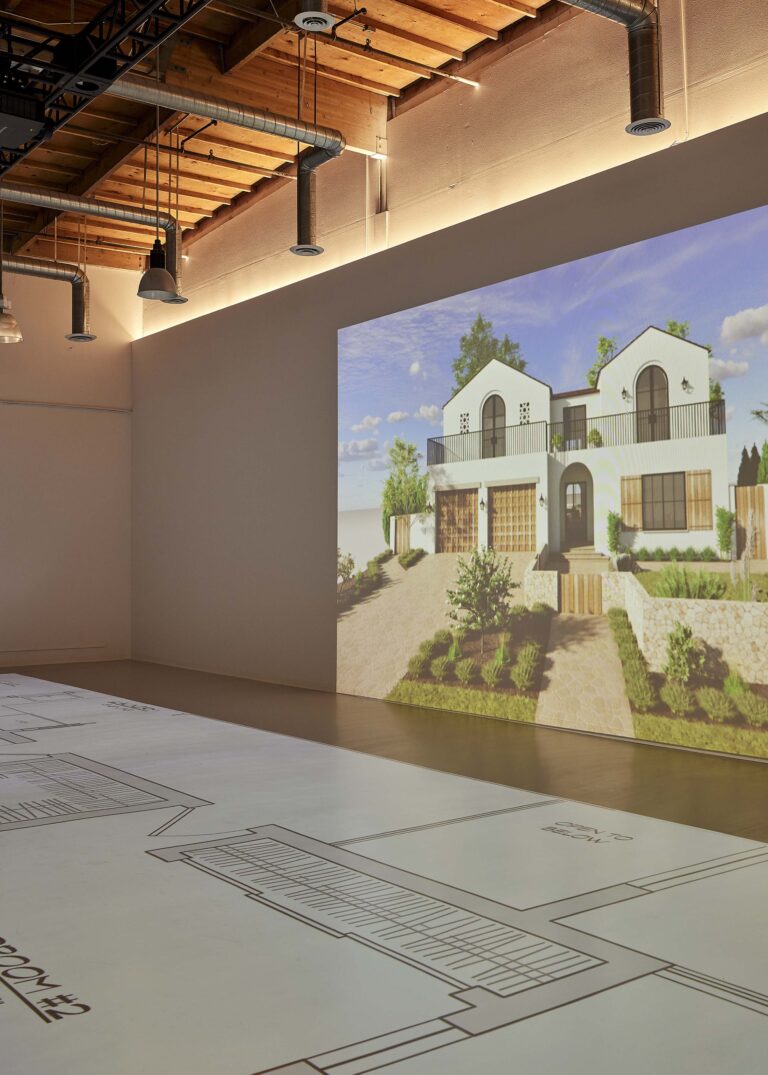
Bill Graham and the Rock & Roll Revolution
More than 400 objects comprise this compelling retrospective of a major force in rock music. Of these is a handbill from the first Bill Graham concert, “an appeal party for the San Francisco Mime Troupe, a cutting-edge theatrical group of social and political activists led by actor Ronnie G. Davis and managed by Bill,” says Curator Erin Clancey.
Historically significant, she adds, because “When Davis was arrested in Lafayette Park for putting on a play the city deemed ‘offensive, indecent, and obscene,’ Bill organized a benefit party on November 6, 1965, to raise money for Davis’ legal costs.”

It was a turning point; Jefferson Airplane appeared and Graham “found something he was born to do.” Also displayed is original poster work for many Bill Graham Presents productions, including one by psychedelic art movement leader Bonnie Maclean, promoting a 1967 concert at the Fillmore Auditorium featuring supergroup The Doors.
“When designing the gallery experience, we tried to strike a very careful balance between evoking an era and going completely kitsch,” says Clancey. Hence, hints of the period—”little touches that help you get into the era and feel as if you are kind of living the Fillmore experience.”

Petit Takett: Love, Legacy, and Recipes from the Maghreb
“I find it fascinating how a recipe box can spark a new art project,” says Curator Doris Berger, referencing LA artist Orly Olivier, who inherited a small wooden box containing handwritten cards from her late father, an enthusiastic cook, and entertainer of Tunisian Jewish descent.
This led Olivier to start the Petit Takett project, which involved a blog and a dinner series honoring her family’s heritage. “One way we brought this idea of connecting family history through food to the exhibition space at the Skirball, and made it more universal, is with a recipe mosaic,” says Berger of a wall painting offered to visitors of different religions and ethnicities to fill with recipe notes.
“I find it exciting to see a family history that became an artwork transform into a participatory work with a collective history.”

Manzanar: The Wartime Photographs of Ansel Adams
This little explored interlude in Adams’ career probes a troubling time in the nation’s history. In shifting his focus from magnificent landscapes to Japanese Americans forcibly interned at Manzanar, Adams produced an important historical record—a study of injustice happening some 200 miles northeast of Los Angeles.
The photos went on to appear in Adams’ book Born Free and Equal: The Story of Loyal Japanese-Americans. Published in 1944, while the country was still at war, the volume stirred controversy, introducing Adams as an activist.

“As the managing curator on this exhibition, I have been able to work with a diverse range of material, including photographs featuring different perspectives on Japanese American incarceration by Ansel Adams, Dorothea Lange and Toyo Miyatake, as well as original artifacts and artwork from the Manzanar camp,” says Linde B. Lehtinen, assistant curator at Skirball.
Letters and documents put a personal face on an experience that not only included incarceration but also “acts of resistance and protest.” Essential is the exhibition space, its palette meant to evoke Manzanar’s desert surrounds for an immersive look at a complex history. Oct. 8-Feb. 21, 2016

Photos Courtesy of Skirball Cultural Center







